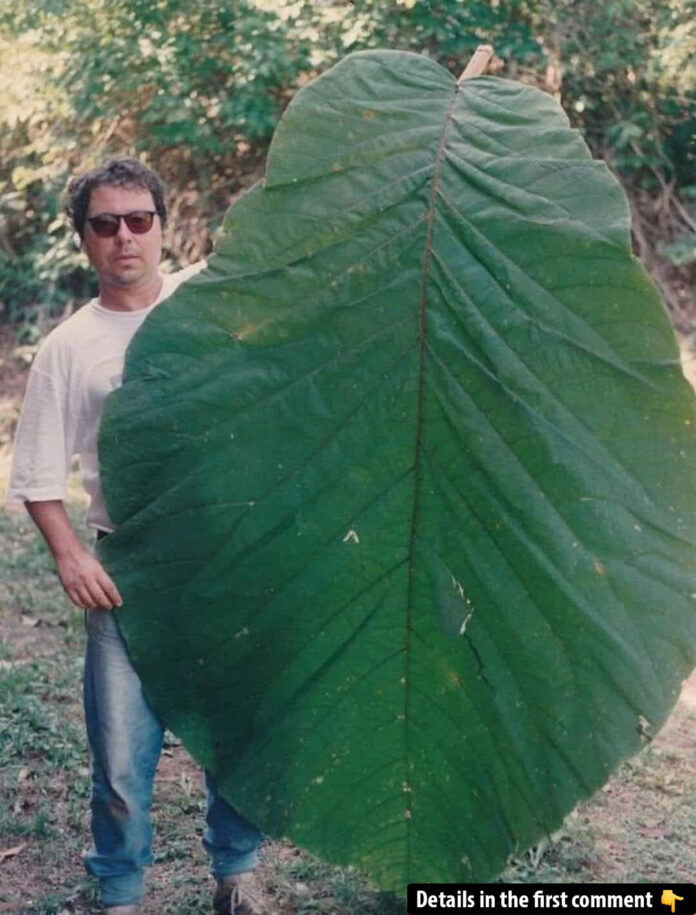Deep in the heart of the Brazilian Amazon, a remarkable tree has captured the imagination of scientists and nature enthusiasts alike. Known for its massive leaves that can grow up to 2.5 meters (8 feet) long, the tree has been an enigma for over 35 years. Now, after decades of meticulous research, scientists have officially identified and named this giant-leafed marvel: Coccoloba gigantifolia. This breakthrough not only sheds light on the unique flora of the Amazon but also underscores the urgency of conservation efforts in one of the world’s most threatened ecosystems.
History of Coccoloba gigantifolia
The story of Coccoloba gigantifolia began in the early 1980s, when botanists from the National Institute of Amazonian Research (INPA) stumbled upon an extraordinary tree in the Madeira River Basin. The tree stood out for its enormous leaves, which defied easy study or transport due to their sheer size. Researchers took photographs and notes, but the lack of flowers or fruits made formal identification impossible.
In 1993, a small breakthrough occurred: botanists collected two large leaves and framed them for public viewing at INPA’s campus in Manaus, Brazil. This display became a local attraction, drawing attention to the tree’s peculiar characteristics. Despite its fame, the tree remained scientifically unnamed for decades, awaiting the discovery of its reproductive structures, which are essential for proper classification.
Discover the largest leaf on Earth, from a Brazilian plant – watch the video to learn more about this incredible natural wonder!
The Journey to Identification
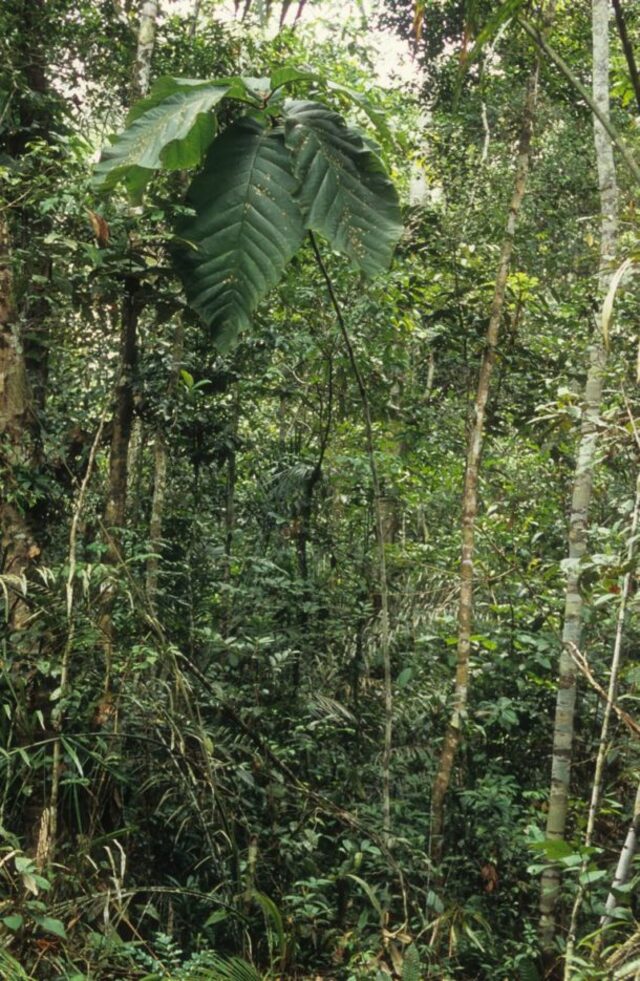
The true turning point came in 2005, when researchers managed to collect seeds and dying flowers from a Coccoloba gigantifolia specimen in Jamari National Forest. Unfortunately, these materials were insufficient for detailed study. Undeterred, the team sowed the seeds at INPA and waited patiently as the seedlings grew. Thirteen years later, in 2018, their perseverance paid off: one of the cultivated trees bloomed and bore fruit.
This moment marked a significant milestone. For the first time, scientists had access to the complete botanical material needed to formally describe and name the species. Published in Acta Amazonica, their findings officially introduced Coccoloba gigantifolia to the scientific community and the world.
Scientific Description
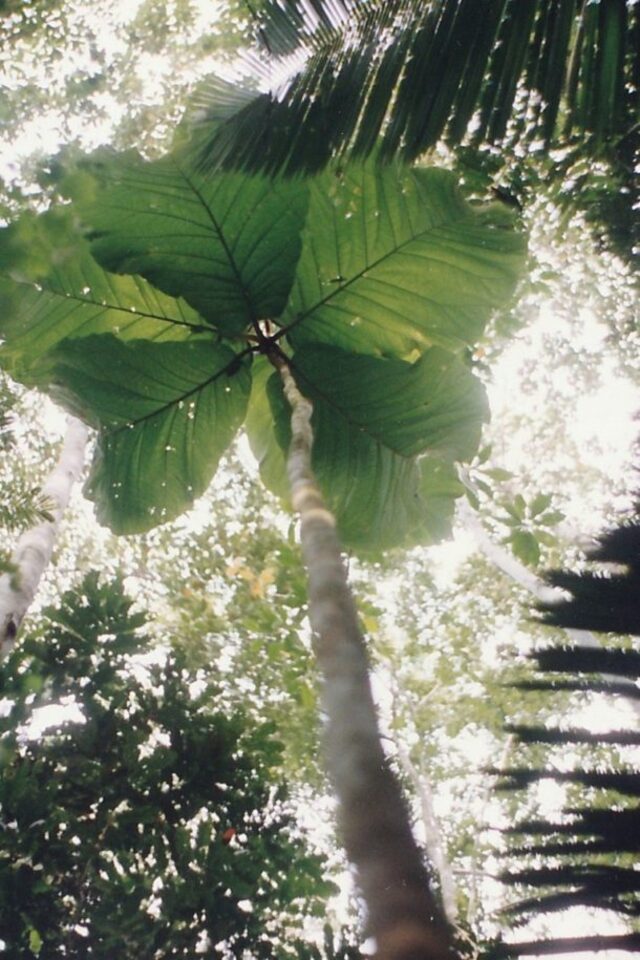
The newly described Coccoloba gigantifolia is a towering tree, reaching heights of up to 15 meters (49 feet). Its most striking feature is its colossal leaves, which can grow up to 2.5 meters in length, making them the largest known leaves among dicotyledonous plants. These plants, which include familiar species like sunflowers, tomatoes, and roses, are distinguished by their seeds’ ability to split into two embryonic leaves and their branched leaf veins.
While other plants, such as species from the Gunnera genus, also produce large leaves, they are not arboreal. This distinction places Coccoloba gigantifolia in a league of its own among tree species.
Conservation Implications
Formally identifying a species is more than an academic exercise. As researcher Rogério Gribel explained, “A known but undescribed species is like a person without a birth certificate or ID.” Without a scientific name, it’s impossible to assess a species’ conservation status or implement legal protections against extinction.
The case of Coccoloba gigantifolia highlights this point. Found only in the Madeira River Basin within the Brazilian states of Amazonas and Rondônia, the tree faces significant threats from deforestation, hydroelectric dam projects, and agricultural expansion. Infrastructure developments, such as the paving of the BR-319 highway, have accelerated habitat loss in the region. Researchers recommend listing Coccoloba gigantifolia as endangered on the IUCN Red List to prioritize its conservation.
Habitat and Distribution
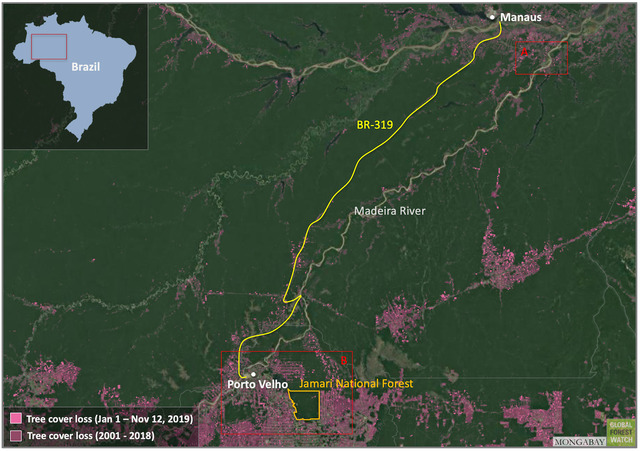
The tree’s known habitat is limited to a few locations near the Madeira River and BR-319. Satellite imagery reveals alarming rates of deforestation in these areas over recent decades. In Rondônia, the Samuel Dam and other hydroelectric projects have flooded vast tracts of forest, likely affecting Coccoloba gigantifolia populations. Even protected areas, such as Jamari National Forest, show signs of forest loss, emphasizing the need for immediate conservation efforts.
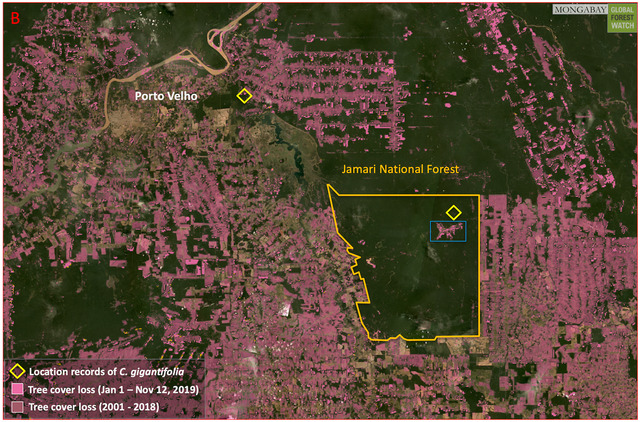
Despite these challenges, the discovery of new specimens offers hope. By identifying and cataloging its range, scientists can develop targeted strategies to protect this rare species and its habitat.
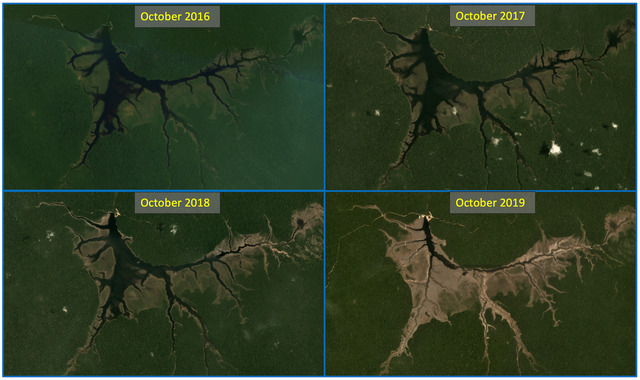
The Bigger Picture
The formal identification of Coccoloba gigantifolia is a testament to the importance of cataloging biodiversity. The Amazon is home to countless species, many of which remain undescribed. Each discovery deepens our understanding of this vital ecosystem and its intricate web of life.
However, preserving biodiversity requires more than scientific curiosity. It demands coordinated efforts to combat deforestation, regulate development, and enforce environmental protections. For Coccoloba gigantifolia, these measures could mean the difference between survival and extinction.
Video
Join a Hawaii botanist in the race to save rare plants – watch the video to learn about this urgent conservation effort!
Conclusion
The journey to identify Coccoloba gigantifolia is a story of perseverance, scientific dedication, and the wonders of the natural world. This tree, with its human-sized leaves, stands as a symbol of the Amazon’s extraordinary biodiversity and the urgent need to protect it.
As threats to the Amazon continue to mount, the discovery and naming of Coccoloba gigantifolia remind us of the delicate balance between exploration and conservation. It is a call to action for scientists, policymakers, and the global community to safeguard the treasures of our planet before they are lost forever.
